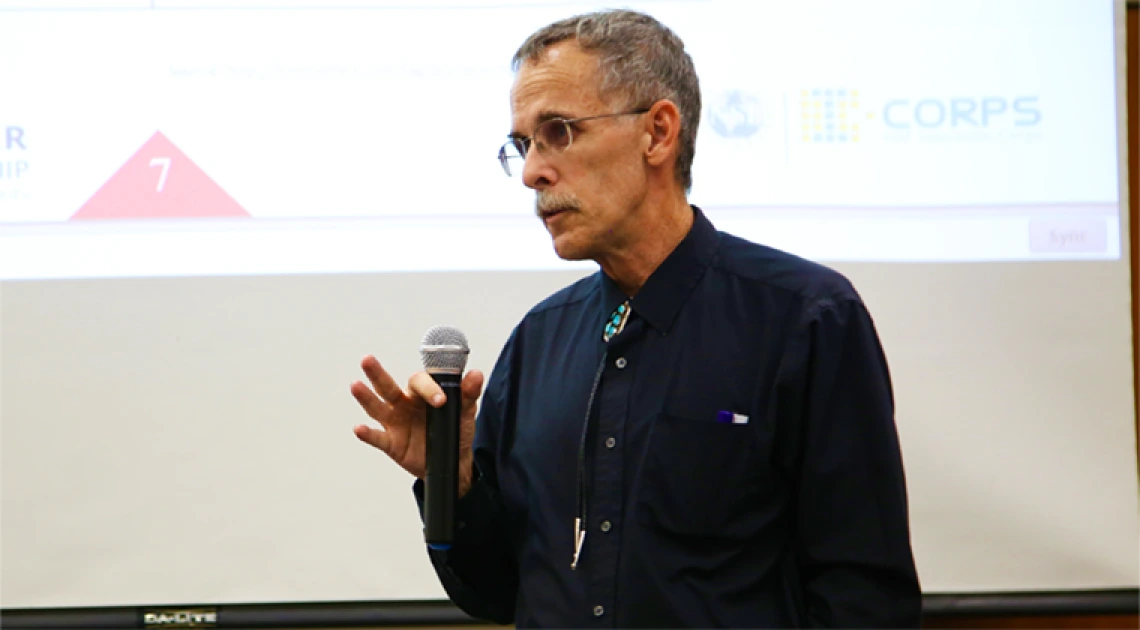Tech Blog: Novel UA Sunscreen Tech Eligible for FDA Fast Track

According to the American Cancer Society, more than 3.5 million Americans are diagnosed with skin cancer every year, affecting more people than any other form of cancer [1]. Within the past five years, awareness has grown amongst consumers about the risk of skin cancer associated with ultraviolet (UV) rays and the benefits of protecting their skin from sun damage. This growing awareness has given rise to an increase in demand for sun-protection products.
Today, most sunscreens are typically made with potentially harmful chemicals, including avobenzone, which releases cancer-causing free radicals, and oxybenzone, which has estrogenic properties and is highly absorbed through human skin [2]. Oxybenzone, while disrupting hormones and acting as an allergen, remains an active ingredient in sunscreens, alongside avobenzone, despite these emerging concerns [3].
In an effort to create a non-leaching sunscreen that is safe for human use, researchers at the University of Arizona have developed microscopic particles of UV absorbing plastics prepared by the copolymerization of phenols with aromatic and conjugated aldehydes, like cinnamaldehyde and benzaldehyde, for use as sunscreens. Douglas Loy, Ph.D., a professor with appointment in both the College of Engineering’s Department of Materials Science and Engineering and the Department of Chemistry and Biochemistry within the College of Science, and Robb Bagge, a graduate assistant in the Department of Chemistry and Biochemistry in the College of Science, developed these bio-based particles for sun-blocking purposes. The resulting sunscreens provide an inexpensive and non-toxic alternative that is capable of absorbing both UV-A and UV-B wavelength radiation.
“Making sunscreens from solid, microscopic particles of UV absorbing plastics provides better protection for longer than commercial sunscreens while avoiding exposure to the organic chemicals used in traditional sunscreens” said Loy.
As of 2014, the last approval for a sunscreen ingredient for widespread use occurred in 1990. In addition, between 2002 and 2014, eight sunscreen ingredients had been submitted to the U.S. Food and Drug Administration (FDA) and were still pending review in 2014, a number of which provided better protection from UV-A rays [4]. In an effort to “clear the backlog of sunscreen ingredients pending” and expedite the process from that point forward, Congress passed the Sunscreen Innovation Act. This act requires the FDA to “make timely decisions on each of the pending ingredients within a specific timeframe. New ingredients added since the law was enacted must be responded to within a year” [4]. This act ensures that technologies like Loy’s will no longer be neglected and paves an accelerated path to market. With the help of Paul Eynott, Ph.D., TLA’s College of Science licensing manager, Douglas Loy hopes to one day soon provide consumers with a healthier and safer sunscreen option.
To learn more about this technology, please visit: http://inventions.arizona.edu/technologies/ua16-233_new-sunscreens-based-on-particles-prepared-from-higher-aldehydes-and-phenols
To learn more about all sunscreen technologies available from TLA, please visit: http://inventions.arizona.edu/technologies?utf8=✓&query=sunscreen
References:
[1] Carter, B. (2015). Sunscreen Manufacturing in the US (pp. 1-33, Rep. No. OD4244). IBISWorld.
[2] Wang SQ, Burnett ME, Lim HW. Safety of Oxybenzone: Putting Numbers Into Perspective. Arch Dermatol. 2011;147(7):865-866. doi:10.1001/archdermatol.2011.173.
[3] EWG's Sunscreen Guide (Rep.). (n.d.). Retrieved July 18, 2016, from EWG website: https://www.ewg.org/sunscreen/report/executive-summary/(link is external)
[4] Sifferlin, A. (2014, December 1). Obama Signs Law for Better Sunscreen. Retrieved July 20, 2016, from http://time.com/3611787/better-sunscreen-law/(link is external)
[5] Dr. Douglas A. Loy. (n.d.). Retrieved July 18, 2016, from http://mse.arizona.edu/douglas-loy
Photo: Douglas Loy, Ph.D., is a professor with appointments in both the College of Engineering and the College of Science at the University of Arizona. Loy’s research at UA has been focused on sol-gel science and materials, new materials and methods for advanced membranes, and environmentally responsive materials. (Photo credit: Taylor Hudson/Tech Launch Arizona)

